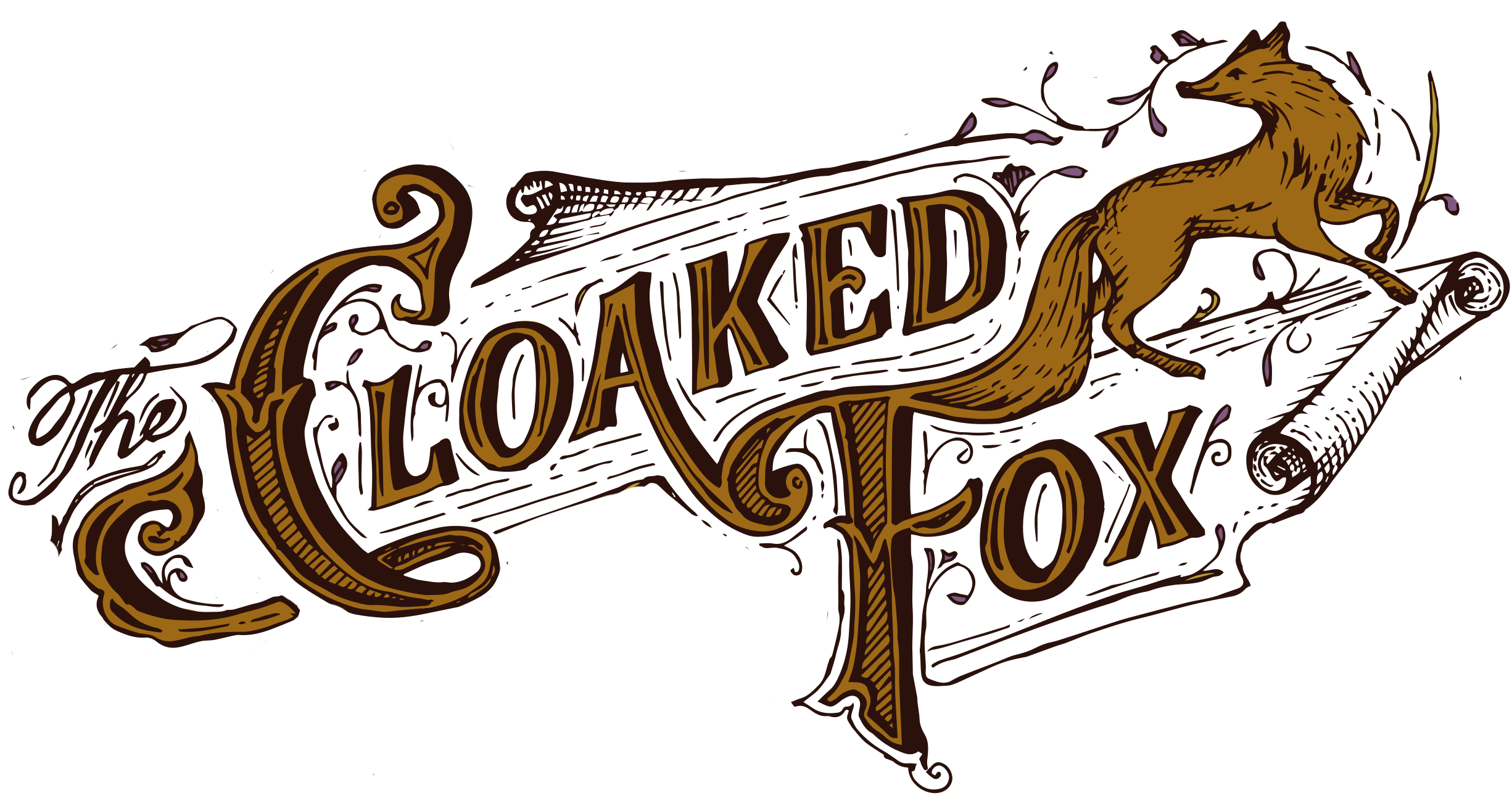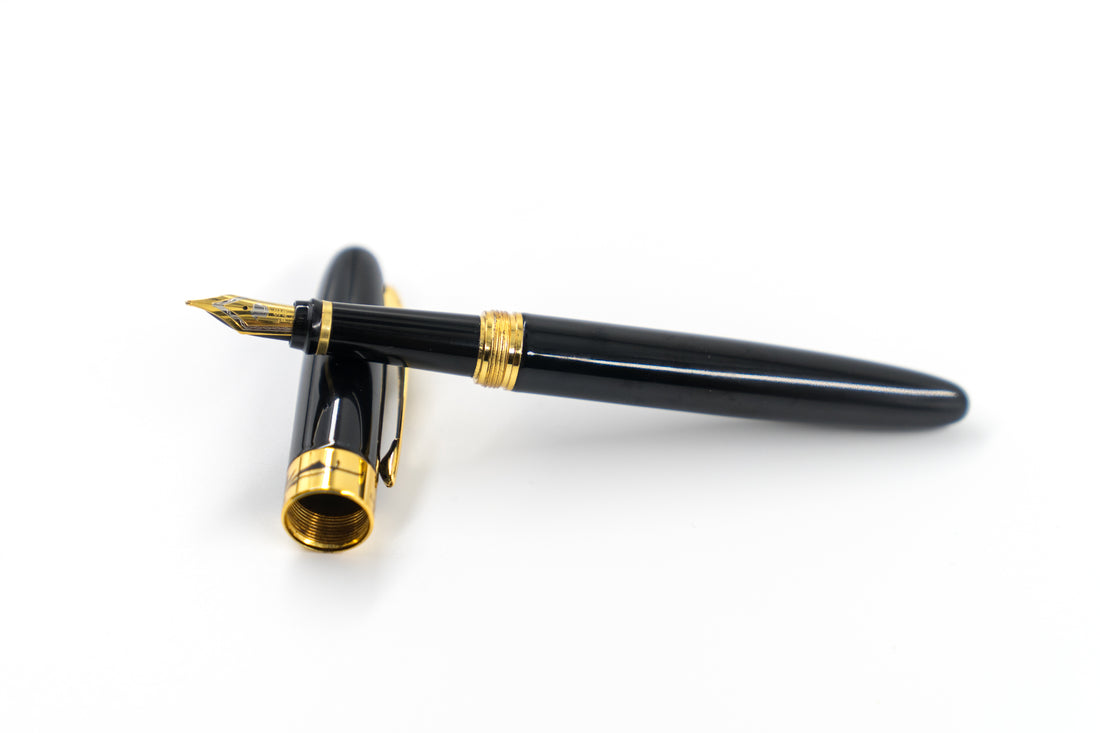Although the history of fountain pens is somewhat long, there are some aspects of their history that most people don’t know about. Given that fountain pens are becoming increasingly popular due to an increase in awareness of the many benefits they provide and the technology being made considerably better over time, there are quite a few things even the most experienced pen enthusiast might not know.
Modern pens have come a long way from their predecessors. When you ask Google who invented the fountain pen, it won’t give a definite answer. There will be several names that pop up, leaving people more confused than ever. The modern fountain pen that we come to know today is actually centuries — even millennia — worth of development and innovation.
Before The Fountain Pen
While the history of writing dates way back to the age where people poke clay with a stylus or use brush to write, the first historical pen is actually dated way back to 2000 BC where Egyptians use reed pens made from a single piece of reed, cut at an angle then split at its point, where the ink will retain. These pens were used by scribes to write on papyrus.

In 600 AD, there was a rise of quill pens, often made from feathers of a swan, turkey, or goose. There are several accounts on where it came from, but the most likely is from Seville, Spain. The quill pen could be used by dipping the quill on an ink reservoir. The quills were durable and accessible but they had to be sharpened with a penknife often. The quill pen was used for centuries until the introduction of the steel point pens.
Even though it was in the 1800’s that we see widespread use of steel point nibs, historians and archaeologists suggest that metal point nibs date way back to when a bronze pen was discovered in the ruins of Pompeii.
However, the reign of steel point dip pens did not last for long. A series of innovations and patents were released for an inner reservoir pen or fountain pen.
Early Prototypes
While fountain pens were introduced by the 1800s, there were early historical findings that mention using a pen with a reservoir centuries before the first patent of the fountain pen was released.
953AD: Islamic Pen Prototype
Writings of a reservoir pen were discovered in an Islamic historical book Kitab al-Majalis wa 'l-musayarat. The Fatimid caliph asked to make a pen that can be used for writing that can contain ink. The ink should only flow when desired and the ink should not stain or leak.
A few days after the conversation, a pen made from gold was crafted. With a few adjustments, the pen can be turned upside down in the hand and tipped from side to side, without leaking. Although there is no visual evidence on how it looked, this is one of the earliest, if not earliest, written evidence of a reservoir pen prototype.
1452-1519: Leonardo da Vinci
It was said that Leonardo da Vinci made a pen for himself. Even though there are no records to show that he has actually made one, his sketches in his journal contain sketches with cross-sections of what appears to be a reservoir pen. The ink on his handwriting does not show any fading and is rather consistent, which won’t be the case if you use a quill pen where you have to dip your pen when you are running out of ink.
1700s: Early Reservoir Pens
There are records of the existence of “reservoir pens” all over Europe in the 16th century in old documents; some even referred to the pens as fountain pens. Perhaps the most well-known is Nicholas Bion, a French instrument maker, for his “plume sans fin or the endless pen. The shaft of the pen is filled with ink and one end is covered with a stopper and the other end with a cut quill, and a cover when not in use. Other notable mentions include:
- Daniel Schwenter, a German inventor, described a two-quill pen, where one quill serves as an ink reservoir for the other quill
- In 1663, Samuel Pepys described a metal pen that can “carry ink”
1800’s - Steel Nib Pens and Development of Patents

Although the steel point dip pens are a big innovation from the quill pens, the frustration of having to frequently dip still remains. While some sources credit
Petrache Poenaru, a Romanian inventor, as the inventor of the fountain pen, several innovators came forward with their own patents of their reservoir pens, and almost shortly after the mass production of steel point pens.
Series of early patents include the following:
- Frederick Fölsch, had the first English patent for fountain pen (May 1809)
- Joseph Bramah introduced an improved pen fountain feed (September 1809)
- John Scheffer’s design has commercial success, with his Penographic known (1819)
- Petrache Poenaru, a Romanian inventor, received a French patent for a fountain pen with a barrel
- John Jacob Parker’s pen is a self-filler with a screw operated piston (1832)
- Azel Storrs Lyman for a patent for a fountain pen with a “method of supplying ink to pens from a reservoir in the handle”. (1848)
- William Joseph Rogers - Patented a fountain pen with a piston which suctions ink into the pen's barrel and feeds it to the pen-point. These pens are sturdy with no loose parts. (1896)
It is during this time as well where mass production of steel nibs happened as well. In 1828, Josiah Mason improved the nib to be cheap and efficient that can be added to fountain pens in Birmingham, England. John Mitchell manufactured pens, becoming the pioneer in steel pen mass production. The production flourished and attracted craftsmanship, manufacturing skills, and employment that will eventually come to be known as the Birmingham Pen Trade.

Early 1900s: Golden Age
By the late 1800s, Birmingham was the center of steel nib production and dominated the market for producing more than half of the steel nibs. It is during these times that there is a flourishing and expansion of American Steel Nib companies and where pen advertising and marketing is prevalent.

Following the mass production, more patents came forward, leading to the successful fountain pen due to three crucial components: iridium-tipped gold nib, hard rubber, and free-flowing ink.
More patents came such as:
- Azel Storrs Lyman, American inventor, patented a pen with "a combined holder and nib"
- Duncan MacKinnon, a Canadian living in New York City, and Alonzo T. Cross of Providence, Rhode Island, created stylographic pens with wire in a tube as a valve for ink.
The 1940s to 2000s: The Decline
The Great Depression of 1929 greatly affected the fountain pen production and people’s affordability to buy one, but what really hit the fountain pen industry hard is the rise of cheap and convenient ballpoint pens.
Two Hungarian brothers, László and Georg Bíró, revolutionized the pen industry by successfully making a ballpoint pen, or Biro pen, using thick inks. In 1943, they started selling the pen and the Royal Air Force Pilots, increasing its popularity throughout Europe. In the United States, Milton Reynolds first launched a commercially produced ballpoint pen.
Frenchman Marcel Bich made ballpoint pens much cheaper due to improved manufacturing and introduced the brand “BIC” to Europe and the Americas, where the pens cost only 29 cents. This was a huge blow as people started to replace fountain pens with ballpoint pens.
Over the next decades, there is a significant decrease in the production of fountain pens as more people prefer the convenience and affordability of ballpoint pens. Over the years, people buy fountain pens mainly for decorative writing such as calligraphy and for collection. There was also the misconception that fountain pens are not commercially available and are considered novelty items, meant for collections and aesthetics.
Now: The Revival
In a modern and technological age where people prefer fast and convenient, it is surprising that fountain pens are making a comeback. What is also surprising is that it is not the older generations who are bringing back the trend for nostalgia, but it is the younger generation who are drawn to the aesthetics of old-school, and fountain pens are one of the comeback trends.
Social media plays a big role in increasing the public’s interest in fountain pens, especially with the visual appeal of fountain pens. People like watching videos of people writing beautiful scripts in fountain pens, Instagram has so many visually appealing photos of fountain pens, and even Reddit has a dedicated subreddit for fountain pens.
New brands such as TWSBI are created and old brands like Esterbrook and Wahl-Eversharp are revived. Ink brands such as Noodler’s Ink start production.
With the convenience of cheap and fast manufacturing, entry-level and affordable fountain pens are now easily available aside from the high-end fountain pens that still exist. Fountain pens also begin to take on several looks to appeal to the younger, visual generation and recreate vintage-looking models for the older generation’s nostalgia. Companies also innovate on inks: with a wider range of colors (with even unique ink color names), shimmer or sheen, and even advanced features such as fast-drying inks.



3 comments
What I need is information on when was red ink used for writing entries in Philippine government official record books.
ART
Hi Sarah
May God’s Grace continues to cover you and healing is upon you, I love my beautiful fountain pen, I mean you put your heart in it, I was on Etsy website and found it and I had to have it, a beautiful spirit such as yours could have created it, it began writing immediately, thank you for the instructions and fast delivery, I will be purchasing other products from you no doubt, I highly recommend this beautiful unique pen to others, stay Peaceful and keep Faith alive. Love, Bridget Hardy